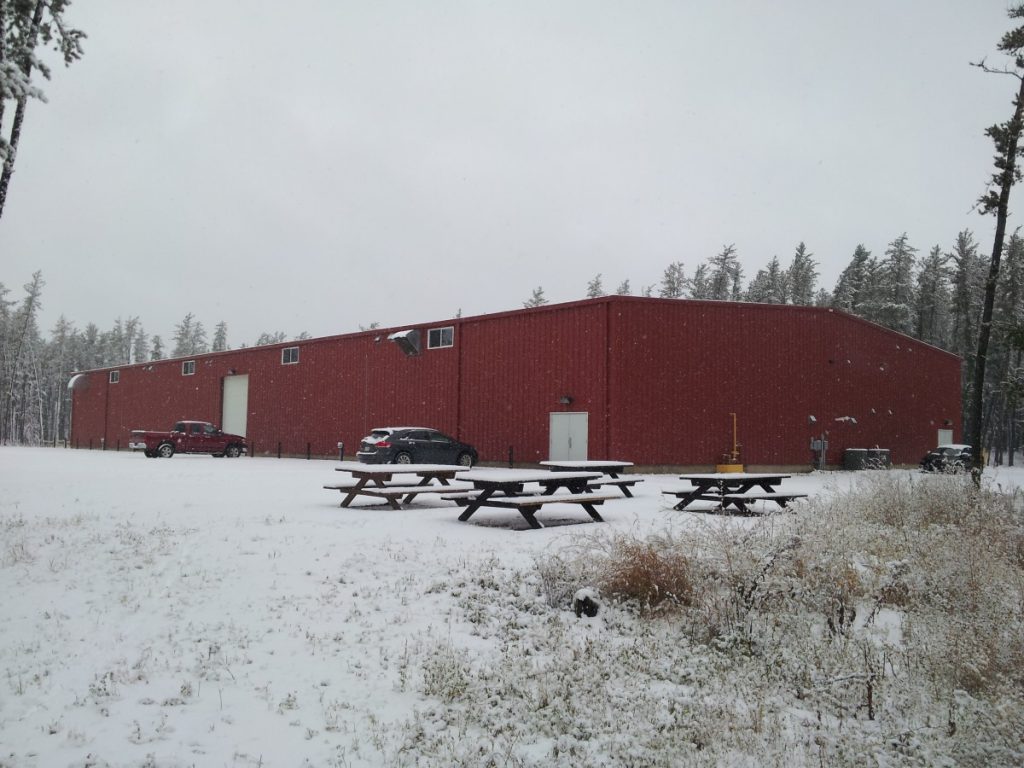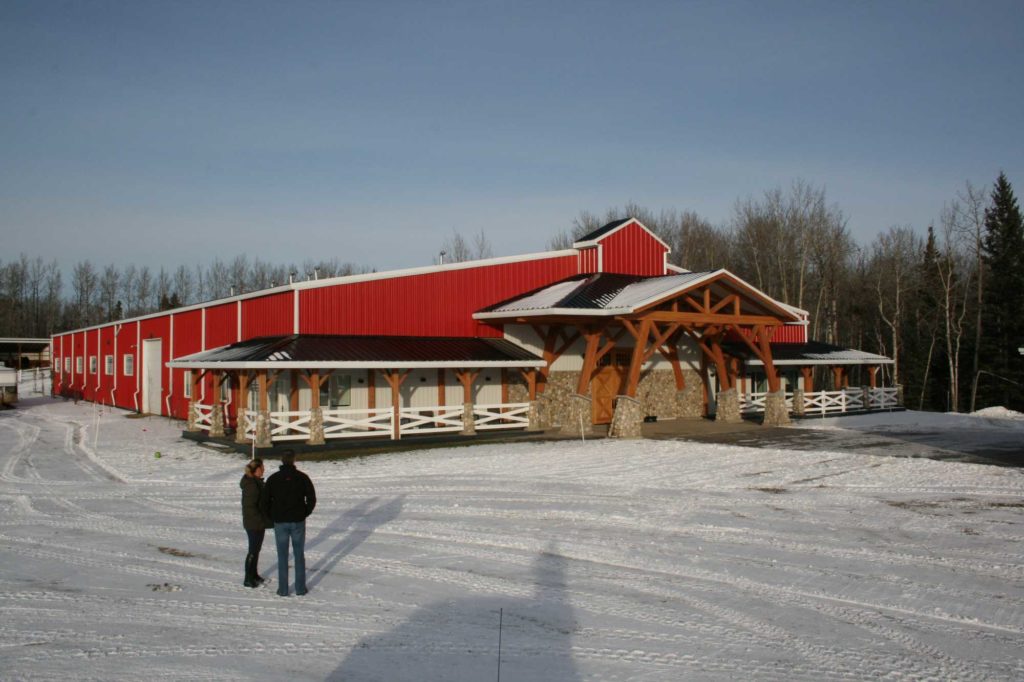Extreme weather can cause extreme damage to building structures. From unexpected downpours to tropical storms or hurricanes bringing powerful, sustained winds, extreme weather is a huge threat to all kinds of building structures, no matter what materials are used in their construction. Structural engineers and the industry as a whole are always working to improve structures to better withstand this extreme weather, but there are also a few easy steps you can take to help your buildings last and ensure the safety of any people or property in them. Steel is by far the best choice for building construction.
Let’s review how choosing steel and using proper construction methods can help your building or warehouse last in extreme weather.
Things to Consider
Wind Loads and Building Codes
The impact force of wind moving horizontally on the roof, corners, and walls of structures is the wind load. Different geographic locations are in different Wind Exposure areas (labelled B, C, or D). Learning your Wind Exposure area is the place to begin in order to learn the building requirements needed to prevent damage. Learn more about the different types of loads and how each wind exposure area is categorized.
When looking over building designs, make sure that the specifications are up to code for the wind exposure area. Check with local building officials if you need help clarifying any questions you have about wind loads. The construction company you are working with should also be extremely familiar with codes and requirements. If you inquire of a company that does not take the codes and loads seriously, you may want to choose a different company to work with. When they are selling you any manufactured building, they should be able to explain the building construction and expected wind load that their products can withstand.
Load Path Continuity
Load path continuity is what helps your building withstand unpredictable strong winds. Connections between the roof and the wall and between the floor and the foundation is the way load path continuity is ensured. In some areas, the building codes may only require these connections to be made using nails, but using metal fasteners can provide the best strength and ability to withstand winds up to 130 to 135 mph. Using laminated windows can also be installed to minimize the risk of airborne debris. This will help prevent the building from being penetrated and should be considered in areas that are prone to hurricanes and tornadoes.
The Best Building Material for Extreme Weather

Steel is the most durable type of building material and is not subject to the same damage that other building materials receive. Steel is now the most popular framing material in the United States and in many other places.
Safety
Steel buildings are intentionally designed and tested to last through many types of extreme weather, including high, gusting winds. With their strict testing and rating, you can have peace of mind that your building will be able to endure different storms. 3-D modeling is also used to look for any hazardous issues so that mistakes can be corrected before construction begins.
Building Accessories
There are a few factors that go into making a building or warehouse safe enough for commercial and municipal use. Using experienced engineers, expert designers, and licensed construction professionals knowledgeable about OSHA Safety Standards for Metal Buildings ensures that the right materials are selected for your building and that it is constructed safely enough to withstand extreme weather conditions.
Leaving out important accessories can result in expensive damage or complete destruction. Gutter on your building can keep water away from the foundation and help prevent a washout. Trim closes openings and edges of buildings to guard against wind and rain. Roll-up and walk doors rated for the wind load can also help protect against wind damage.
Take Proactive Steps to Achieve Complete Protection
Complete protection against extreme weather events cannot be guaranteed by any manufacturer, but sticking to the building codes and choosing durable steel for your building can provide ample protection against many possible situations. To further discuss building resiliency and the choices you can make in the design and construction process, contact your local Allied Steel Buildings representative.

